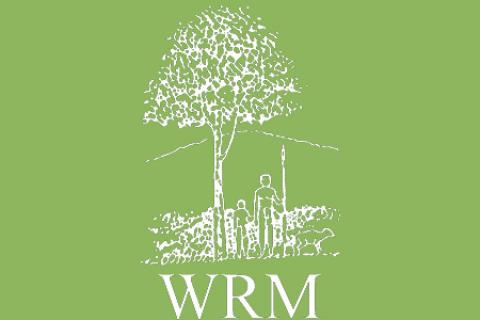There seems to be no truce for the U’wa people in their long resistance in defence of their ancestral rights to life and to their land and in rejection of the oil exploitation projects on their traditional territory (see WRM Bulletins 10, 22, 29 and 38). The Colombia Plan, Ecopetrol and its associated oil companies, the neglectful government, are all threats to the U’wa territory, who believe that it is “the heart of the world. The veins feeding the universe run through this territory. If it is destroyed, the world will bleed to death.”
Bulletin articles
The integrity of the Yasuni National Park (PNY), located in the heart of the Ecuadorian Amazon is in serious danger from the imminent launching of oil activities by the Brazilian State oil company Petrobras (Petrobras Energia Ecuador).
In the city of Cajamarca in northern Peru, thousands of peasants, students and social organizations are struggling against the plans of the Yanococha mining company (its main shareholder is Newmont, a US mining company, together with the Peruvian Buenaventura company and the World Bank’s International Finance Corporation) to carry out exploration in Cerro Quilish, whose streams feed the Grande and Porcon rivers.
In Popondetta, Oro Province, Papua New Guinea, representatives of all land owning communities from around the province gathered on 12th March 2004, in the first Oro landowners Forum on Land Rights and Community Based Natural Resource Management.
They committed to ensuring sustainable resource management and to protect their rights as the rightful owners of those resources, declaring that:
For centuries, forest and forest-dependent peoples were able to carry out agricultural and cattle-raising activities in a way that was compatible with forest ecosystem conservation. What was later described in pejorative terms by Western experts as "slash-and-burn" agriculture was in fact a system that had proven to have minor and reversible impacts on the forest while providing livelihoods to the communities involved. A system that in today's language would be termed "sustainable".
Tropical forests have been inhabited for thousands of years by communities that made use of them for subsistence in many ways, including agricultural activities. It was a type of agricultural production that took into account crop interactions and was carried out in such a way that not only did it prevent destruction of the forest but was able to be in harmony with it. The communities promoted areas where a diversity of species useful for human consumption were concentrated, within a diverse scenario, but which did not undermine the forest’s biological bases.
In 1944, the Rockefeller Foundation funded the introduction of a series of technologies in Mexican agricultural production. This gave rise to an agricultural production model known as the “Green Revolution” with a central concept of “high yielding varieties” developed in the framework of monoculture crops supported by a technological package including mechanization, irrigation, chemical fertilization and the use of toxic chemicals to control pests.
From the 15th century onwards, technological progress enabled Europe to take an enormous lead in charting the whole world through the invasion of the American continent, the almost total annihilation of the native population, and the unrestricted take-over of political and economic power.
Agriculture and cattle-raising are direct causes of deforestation. However they should be looked at in depth in order to be able to understand what promotes them, who benefits from them, how they arise. It may be said that it is a funnel-like process. What is most visible is on the outside, the disappearance of the forest as a consequence of these activities.
Deforestation of tropical forests took place at a rate of 10–16 million hectare per annum during the last two decades, and is showing no signs of slowing down. 16% of the whole Amazon forest has already disappeared and every day, another 7,000 hectares of forest is lost – a surface of 10 kilometers by 7 kilometers. The causes are complex and often interrelated, but among them is the role of large-scale commercial agriculture.
World perception about mangroves is changing positively. Once described as insect-infested foul-smelling wastelands, they are now being more aptly called "roots of the sea", "amphibious rainforests" or "coastal nurseries". This new attitude constitutes a positive first step towards their conservation, because a valued ecosystem stands a better chance of being protected than one perceived as a useless wasteland.
According to the United Nations Environment Programme, 38% of Africa’s coastline and 68% of its marine protected areas are under threat from unregulated development. Of concern are poorly-planned or regulated shrimp farming operations.
